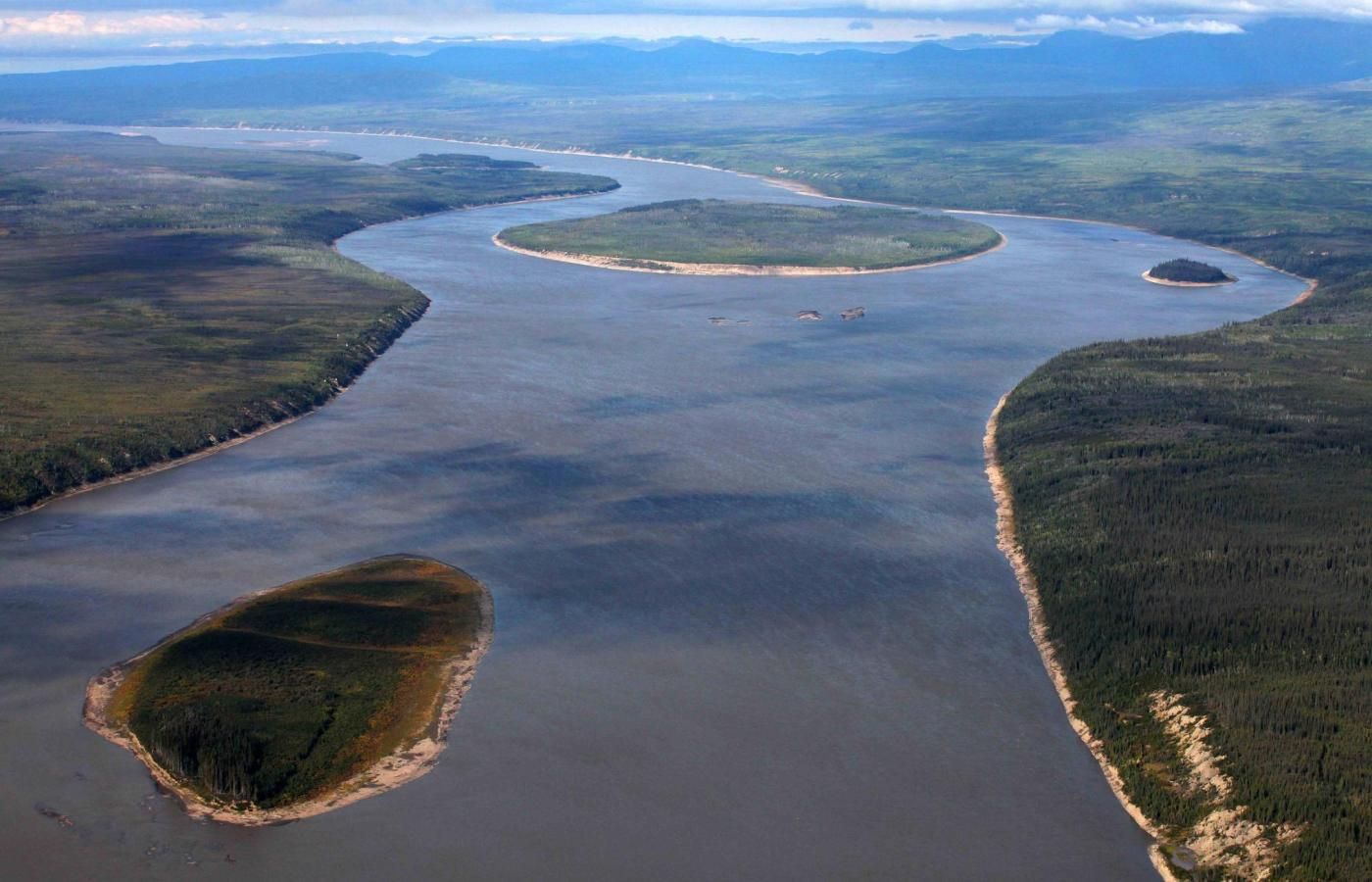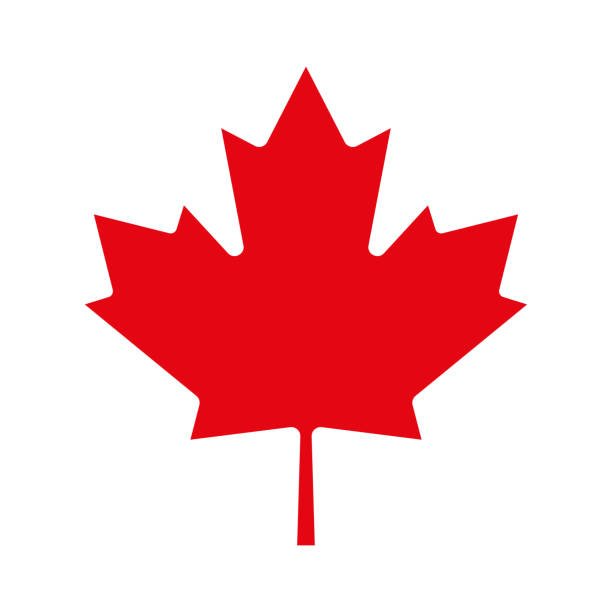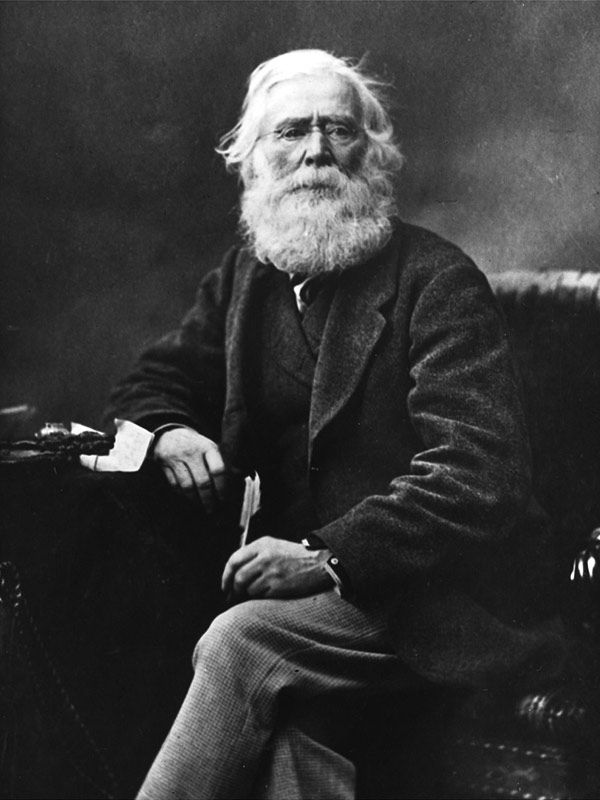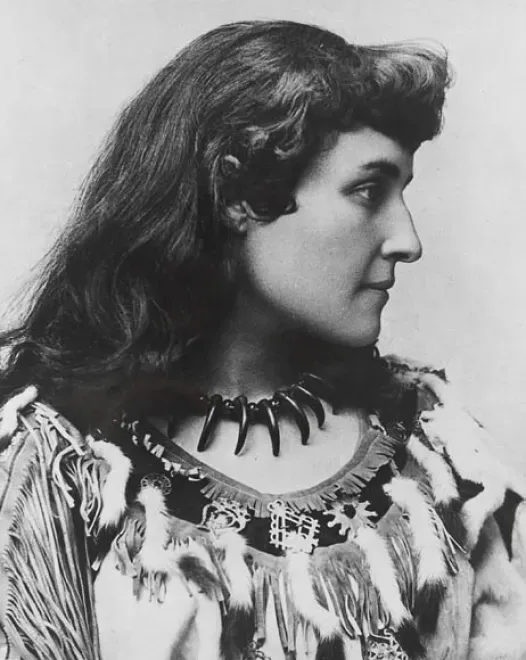A Famous Canadian Citizen: Terry Fox, 1958-1981
Few young Canadian citizens have left such an indelible imprint in our Canadian history. Terry Fox lived a short life by most standards, and passed away at age 23. One of his famous statements continues to resonate through the years: “I just wish people would realize that anything’s possible if you try; dreams are made possible if you try.” The Canadian citizenship test has questions about Terry Fox and his life.
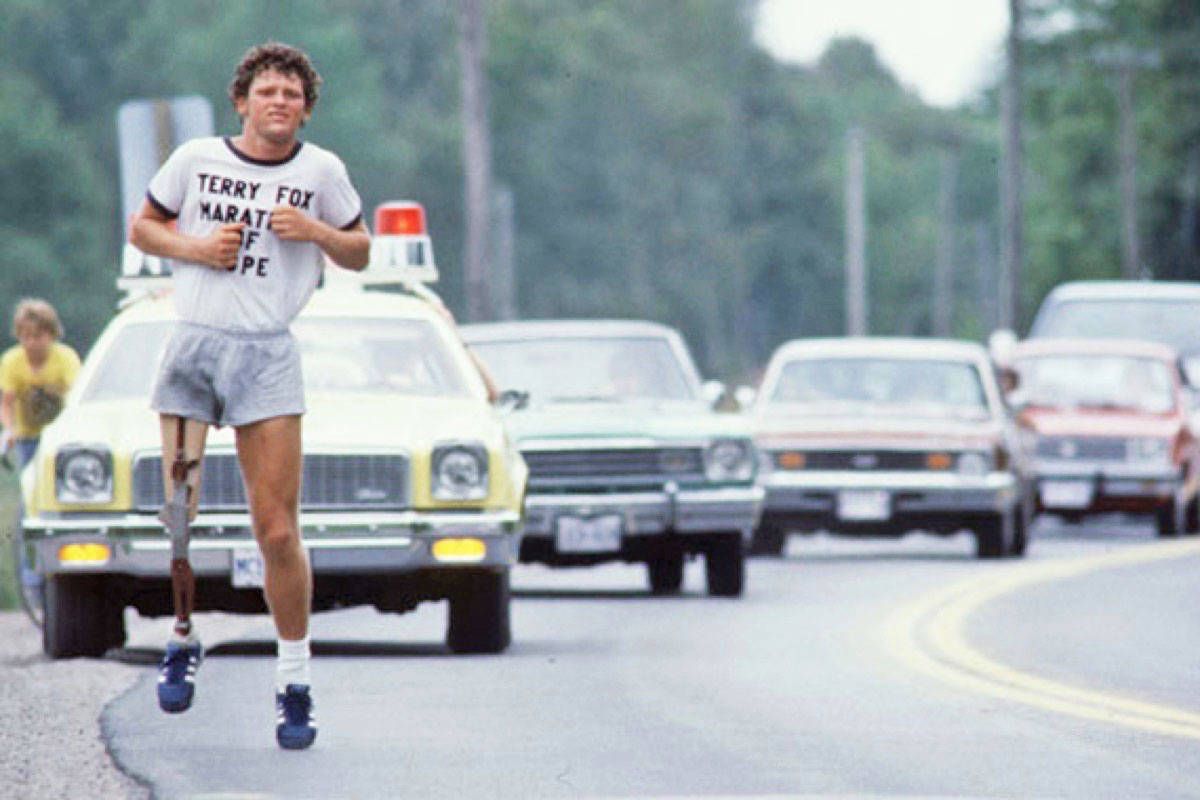
All blog articles reference persons and/or historic sites and events that are cited in the Discover Canada Study Guide and include relevant information necessary for Canadian Citizenship test preparation.
Terry Stanley Fox Early Life:
Terry Fox was born on July 28, 1958, in Winnipeg, Manitoba. His father was a switchman for the Canadian National Railway. His maternal grandmother was Metis, bringing a rich heritage to the family which consisted of an older brother, and a younger brother and sister.
When Terry was eight years old, his family moved to British Columbia and settled in Port Coquitlam. His parents were dedicated to their family and encouraged their children to achieve whatever task they committed to.
Terry was very competitive. He attempted to join his school’s basketball team, but struggled because of his height. His coach suggested that Fox try cross-country running, which he agreed to. He continued, however, to improve his basketball skills, and in grade 12 won his high schools’s athlete of the year award.
Fox did not know if he should attend university, but his mother convinced him to enrol at Simon Fraser University. There he studied kinesiology with the intention of becoming a physical education teacher. He was also a member of the junior varsity basketball team.
A Vehicular Accident:
On November 12, 1976, Fox was driving to the family home in Port Coquitlam when he was distracted by bridge construction and crashed into the back of a pickup truck. He injured his right knee but continued to ignore the resulting pain. By the end of the basketball season in March, 1977, the pain had intensified and he decided to go to a hospital to have it checked out. He was then diagnosed with osteosarcoma, a form of cancer that often starts near the knees.
The Devastating Diagnosis:
Terry Fox was given the devastating news that his leg had to be amputated. Following the amputation, he would be given extensive chemotherapy. He was given a 50 percent chance of survival. Following the surgery he was fitted with an artificial leg and began walking three weeks after the amputation. His positive attitude impressed the medical team treating him and they stated that it contributed to his rapid recovery.
During his chemo treatments at the British Columbia Cancer Council he noticed that many of his fellow cancer patients were dying of the disease. He also noted that there were constant improvements in the survival rate due to cancer research.
Canadian Citizen, Terry Fox, Joins Canadian Wheelchair Basketball Team:
In the summer of 1977, Rick Hansen, who was working with the Canadian Wheelchair Sports Association, invited Fox to try out for his wheelchair basketball team. Even though he was undergoing chemo treatments, Fox tried out for the team. Less than two months after leaning how to play the sport, Fox was named a member of the team for the national championship in Edmonton. He won three national titles with the team, and was named an all-star by the North American Wheelchair Basketball Association in 1980.
Marathon of Hope is Born:
Fox was inspired by Dick Traum, an American, and the first amputee to complete the New York City Marathon. He developed a 14-month training program so that he could also compete in a marathon himself. His marathon, however, would be of a greater scope. When in hospital, Fox observed how little money was spent on cancer research. He knew it made a significant difference. Canadian citizen, Terry Fox, then decided to run a Marathon of Hope which would include the great length of Canada in the hope of increasing cancer awareness and raising money for research. Nothing like this had ever been attempted previously.
As training got under way, Fox developed an unusual gait when he ran as he was required to hop-step on his good leg due to the extra time the springs in his artificial leg required to reset after each step. The training was painful and led to bone bruises, blisters and intense discomfort.
Support of Marathon:
Fox sent a letter to the Canadian Cancer Society in 1979 in which he announced his marathon goal and appealed for funding. He stated that he would conquer his disability, and promised to complete his run, even if he had to “crawl every last mile.” He also stated that “somewhere the hurting must stop…and I was determined to take myself to the limit for this cause.”
The Cancer Society eventually agreed to support him once he had acquired sponsors and requested he get a medical certificate from a heart specialist stating that he was fit to attempt the run. Fox was diagnosed with left ventricular hypertrophy, which is an enlarged heart. This condition is commonly associated with athletes. Doctors warned Fox of the potential risks he faced, though they did not consider his heart condition a significant concern.
Other donations were received from the Ford Motor Company who donated a camper van, Imperial Oil contributed fuel, and Adidas his running shoes. He would not accept donations that carried conditions, as he indicated that nobody was to profit from his run. His good friend, Doug Alward, supported him by driving the van and cooking meals.
The Running of the Marathon:
The Marathon began on April 12, 1980, when Fox dipped his right leg in the Atlantic Ocean near St, John’s, Newfoundland. He filled two bottles with ocean water. One he wanted to save as a souvenir and the other he would pour into the Pacific Ocean.
The journey began with gale-force winds, heavy rain and a snowstorm, all within the first few days of his run. Problems continued when they entered Quebec due to his inability to speak French. Along the way, he picked up more sponsors and more interest. He averaged 26 miles (42 km) each day. When in Ontario, Governor General Ed Schreyer and Prime Minister Pierre Trudeau met him. He performed a ceremonial kick-off at a Canadian Football Game and also threw the ceremonial first pitch at a Blue Jay’s game. Athletic celebrities joined him for portions of the run.
The Marathon of Hope Ends:
Fox frequently had shin splints and an inflamed knee. He developed cysts on his stump and experienced dizzy spells and experienced many other physical problems. On September 1, outside of Thunder Bay, he was forced to stop to rest due to excessive coughing. He resumed running as the crowds along the highway shouted out their encouragement. A few miles later, short of breath and with continued chest pain, he asked Alward to drive him to a hospital.
The next day, Fox held a tearful press conference to announce that his cancer had returned and had spread to his lungs. He was forced to end his run after 143 days and 5,373 kilometres (3,339 miles).
Youngest Canadian Citizen to Receive the Order of Canada:
Fox had raised $1.7 million when he was forced to abandon the Marathon. A week after his run ended, the CTV Television Network organized a nationwide telethon in support of Fox and the Canadian Cancer Society. This event raised $10.5 million. Donations continued through the winter and by April over $23 million had been raised.
In September 1980, Canadian citizen, Terry Fox was invested in a ceremony as a Companion of the Order of Canada. He received many other notable awards as well from across the nation. The Ottawa Citizen described the national response to his marathon as “one of the most powerful outpourings of emotion and generosity in Canada’s history.”
Illness and Death:
Fox received the latest of treatments for his cancer but the disease continued to spread. He developed chest congestion and developed pneumonia. On June 28, 1981 he passed away. His funeral was broadcast on national television. Addressing the House of Commons, Prime Minister Pierre Trudeau said, “It occurs very rarely in the life of a nation that the courageous spirit of one person unites all people in the celebration of his life an in the mourning of his death…We do not think of him as one who was defeated by misfortune but as one who inspired us with the example of the triumph of the human spirit over adversity.”
The Legacy of Canadian Citizen, Terry Fox:
The impact of Fox’s courage has influenced the entire nation. Millions of people have followed his example and have participated in Annual Terry Fox Runs raising millions of dollars for cancer research. The runs grew into international fame and over 60 countries took part in 1999, raising $15 million that year alone. The Terry Fox Run continues as the world’s largest one-day fundraiser for cancer research, and over $850 million has been raised in his name as of May 2022.
Thirty-two roads and streets have been named after him, fourteen schools and fourteen other buildings as well as seven statues. The Terry Fox Hall of Fame was established in 1994 to recognize individuals that have made contributions that improved the quality of life of disabled people. The Terry Fox Laboratory research centre was established in Vancouver to conduct leading edge research into the causes and potential cures for cancer.
Joy Dirks
November, 2022
